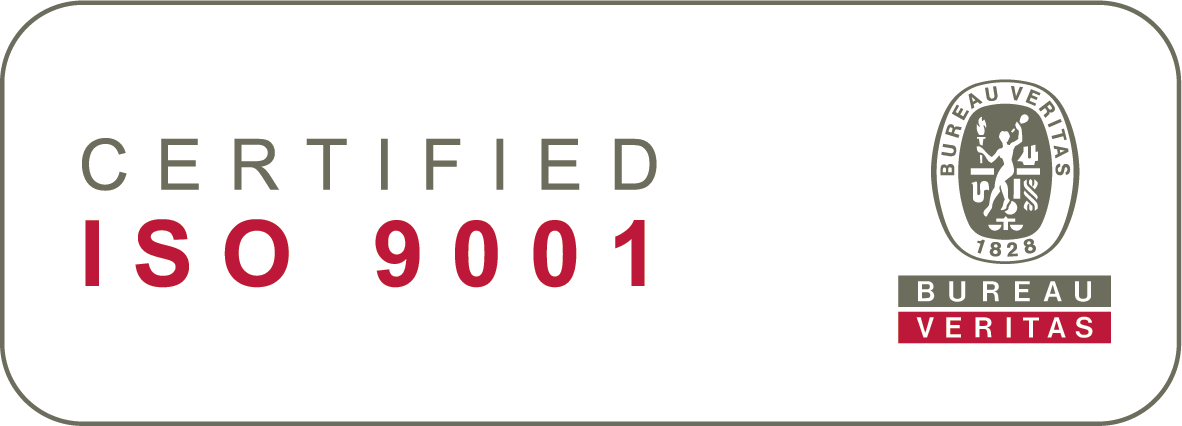How to Choose the Right Biobanking Solution
Since biobanking began in the late 1990s, the industry has grown…fast. This rapid expansion and growth has translated into huge volumes of samples – all requiring storage, organization and management for the various industries and applications for which specimens are culled.
From drug target identification, drug discovery and development, to stem cell research & treatment, transplantation and myriad other applications & fields, biorepositories have grown larger and more complex while – at the same time – becoming increasingly specialized.
The Role of LIMS in Biobanking
As the number of specimens stored in biobanks spirals ever higher, the need for a system to organize samples and related data has never been greater.
The right biobanking informatics system is the key to having an efficient biobank, replete with viable samples and the accompanying clinical data and regulatory information needed to use them.
6 Key Things to Keep in Mind When Choosing a Biobanking LIMS
When looking for a biobanking LIMS, keep the following points in mind for a successful search.
- List Your Needs and Wants
Before choosing a LIMS, it’s crucial to create a list of must-have features as well as those that would be nice to have. When looking at systems, the range and number of features offered can distract you from your actual needs.By referring to a list you’ve prepared in advance, you can help ensure you maintain focus when comparing systems. Rather than being tempted by systems that offer a myriad of features you won’t actually use, use your list to ultimately zero in on the system with the features that matter most to you. - Keep it as Configurable as Possible
For a system to work well in today’s environment, it must be highly-configurable. Conditions in labs are constantly in flux, with new processes being rolled out all the time. The right LIMS is a flexible solution which can be adapted quickly and easily to new processes and workflows – without customizations which lengthen implementation & increase costs. - Ensure Meticulous Sample Management
As one of the key functions of biobanking, proper sample management must include accessioning and the creation & management of ‘child’ samples. Sample management of child samples should include both aliquot (samples of different quantities from the original – or parent – sample) and derivative (processed samples with different characteristics from the parent sample), as well as their respective storage.
A single, synchronized, centralized system should be able to store specimen data across multiple banks. The right system should provide up-to-date sample inventory locations, and also be able to quickly locate the tools and kits used to collect them. Specimens should be annotated with clinical and quality information, and should also be segmented by sample type, by client, and by storage temperature conditions.
The samples will have various statuses, and the chain of custody must be tracked for each. The most detailed LIMSchain-of-custody tracking can provide specific location (down to locations within a drawer or shelf) and shipment management, aliquot, derivative and pooled sample tracking, and electronic transfer signature capture upon transfer and disposition of the samples.
Having all these details recorded eases the burden of remaining in compliance with regulations requiring an electronic signature, audit, and comprehensive log of sample activity from start to finish.
- Consider Complementary Modules
In addition to the core product offered, look closely at the complementary modules provided as well. For example, at LabVantage, the Biobanking module is in the core product, while other modules like Reagents and Instruments can be used to track consumables in the lab. A Rich Array module also works out of the box, without any special configuration, as well as a workflow engine to build workflows specific to your lab. - Go Beyond Mere Interfacing
The right system should not only be able to interface with lab instruments & automation to upload results, but also have the capability to evaluate the results in order to determine the next course of action for the samples.For organizations which run several assays on samples in their labs with specifications that differ according to sample type, the ability to interface and evaluate results is essential.
- Maintain Levels of System Security
And finally, no system is complete without security. The right system should control the data users can view as well as the operations they can perform, based on their level of clearance and competency. Access to sensitive patient data must be restricted, in compliance with regulatory requirements, and the LIMS should be compliant with various laws governing privacy and data protection (e.g. HIPAA, GDPR, etc.).
Taking these aspects of your potential LIMS into consideration during the evaluation process should help you navigate LIMS choices on the market today – and select the system most aligned with your needs.
Not sure about exactly which features are best for your lab processes? Contact us to speak with a specialist who can work with you to determine what you need.




